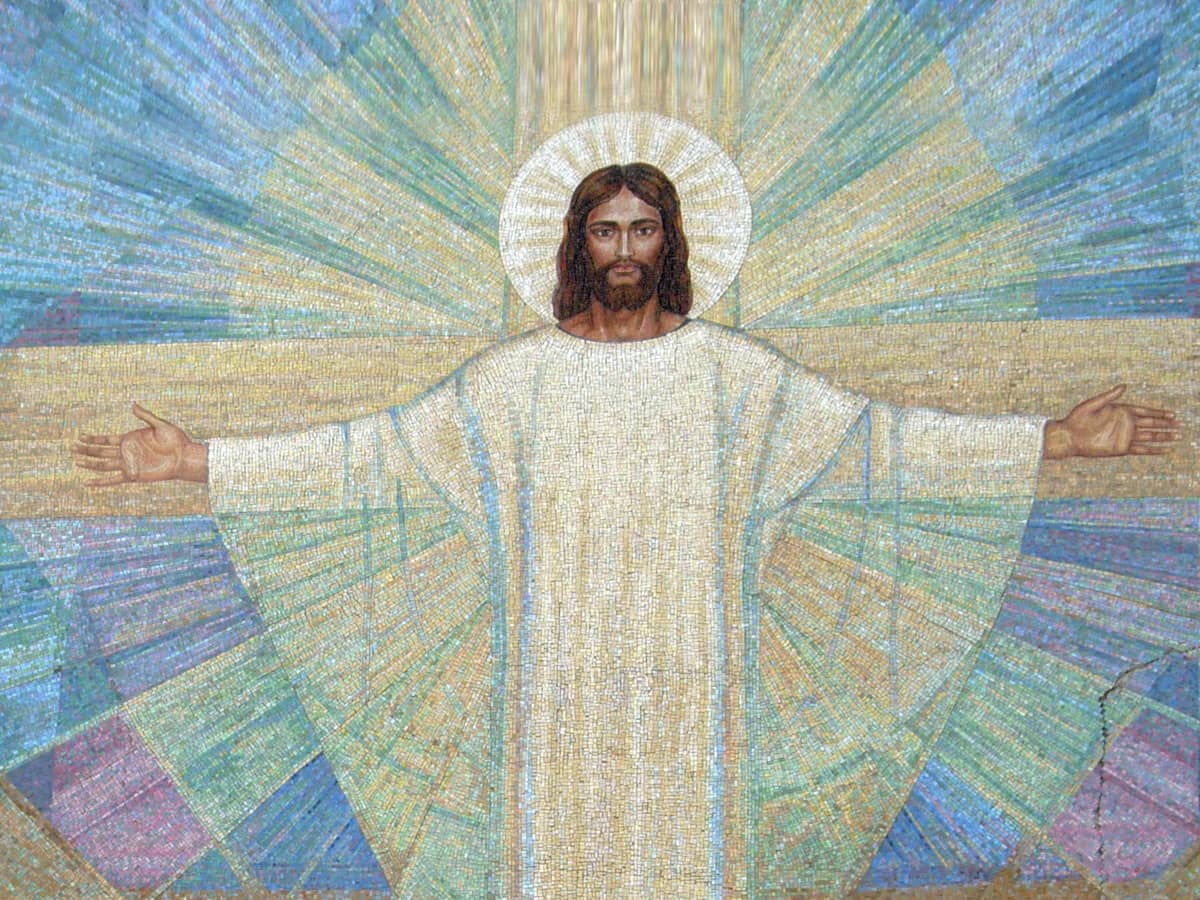
The bright morning star’s identity in Revelation 22:16 is revealed in the verse. In that verse, Jesus says that he sent His angel to give the testimony for the churches. He’s the Root and David’s offspring and the bright Morning Star. This verse is found in the last chapter of the book of Revelation, where Jesus confirms His physical lineage connected to David and His divine nature. In His human form, Jesus is a root, lowly, unremarkable, and humble, but in His divine nature, He’s the bright Morning Star, majestic and lifted on high.
Some Bible readers think the term “bright Morning Star” is controversial, as a similar term describes someone else in Isaiah 14:12. Many scholars and theologians agree that this passage refers to both Satan and the king of Babylon, so how is it possible that the expression “morning star” also refers to Jesus? Figurative language works in mysterious ways, and one word can have numerous meanings, depending on the context, which is what happens with the expression “morning star.” It shouldn’t be controversial or surprising that the Bible uses the term “morning star” in two separate situations with different applications, which happens with words like son of man, lion, and water.
In Isaiah 43:2, we read that when we pass through the waters, God is with us, and when we pass through the rivers, they won’t sweep over us. In this verse, the water symbolizes a challenge and a destructive force, similar to the Red Sesa blocking the Israelites from leaving Egypt. In Isaiah 12:3, “water” is used differently; it tells us that with joy, we’ll draw water from salvation’s wells. In Ezekiel 2:2-3, Ezekiel was called a “son of man,” the same title used by Christ throughout His ministry. The devil is compared to a lion in 1 Peter 5:8, and so is Jesus in Revelation 5:5. The use of the term “bright morning star” for Satan and Jesus can also have theological significance. The enemy is the fallen star that stays fallen, while Jesus is the bright Morning Star that never extinguishes.
In Revelation 22:16, the name “bright Morning Star” translates to assurance and hope. The morning star is the precursor of the day. As night recedes and a new day begins, the morning star is the most beautiful and prominent of the celestial bodies. In the same way, as the darkness of this fallen world gives way to the brightness of God’s kingdom, Jesus will capture our attention as the One who brings in the new day.
Why are Satan and Jesus both called the bright morning star?
The first reference to the morning star as a person comes in Isaiah 14:12. The New King James Version and the King James Version of the Bible both translate “morning star” as Lucifer, the son of the morning. It’s evident from the remainder of the passage that Isaiah is describing Satan’s fall from heaven, as detailed in Luke 10:18. So, in this case, the morning star is Satan. However, in Revelation 22:16, Jesus undoubtedly identifies Himself as “the morning star,” so why are both Satan and Jesus described as the “morning star?”
It’s interesting to point out that the concept of the “morning star” isn’t the only one applied to both Satan and Jesus. Jesus is described as the Lion of the tribe of Judah in Revelation 5:5. In 1 Peter 5:8, Satan is likened to a lion, looking for someone to devour. The point is that both Satan and Jesus have resemblances to lions. Jesus resembles a lion in that He’s the King; He’s majestic and royal. Satan resembles a lion in that he seeks to consume other creatures. That’s where the similarities between Satan, Jesus, and lions end, but Jesus and Satan are like lions in their own way.
The idea of a “bright morning star” is a star that overtakes all the others, and Jesus is the One who’s called “bright.” Satan was the morning star. As God incarnate, the Lord of the universe, Jesus is the bright and morning star. He’s the most powerful and holy “light” in all the universe. So, while both Satan and Jesus can be described as “morning stars,” in no sense does that equate Satan and Jesus. Satan is a created being, and his light only lasts to the extent that God created it. John 9:5 tells us that Jesus is the light of the world and that only Jesus’ light is self-existent and “bright.” Satan might be a morning star, but he’s merely a poor reproduction of the one actual bright morning star, Jesus, the light of the world.
The King James Version and the New King James Version have “Lucifer” in Isaiah 14:12, while other translations have “morning star,” “shining one,” or “Day Star,” but is the term meant to be a proper name or simply as a metaphor for God’s greatness? Scholars are separated on this issue. Clearly, the main interpretation of Isaiah 14 is that of a foretelling against the human king of Babylon. Still, the descriptions of his splendor, sin and fate are so extravagant as to cause some scholars to consider a secondary interpretation. When the Great Tribulation is over, Jesus will return to overthrow the kingdom Satan was trying to set up and bind the devil for 1,000 years, as detailed in Revelation 20:1-3. At the end of those 1,000 years, Satan will be released for one last battle but will be defeated again and thrown into the lake of fire forever, as detailed in Revelation 20:7-10.
Jesus has power over Satan and the power to save us. Still today, followers of Christ face a spiritual fight against the forces of evil, as we read in Ephesians 6:12. With God’s love, we don’t need to fear evil spirits or Satan. Instead, we depend on His strength for victory in our spiritual battles, trusting that God will save us for heaven’s inheritance. In 1 John 4:4, we read the one that’s in us is greater than the one who’s in the world. That’s why Jesus is the genuine “bright morning star.”

